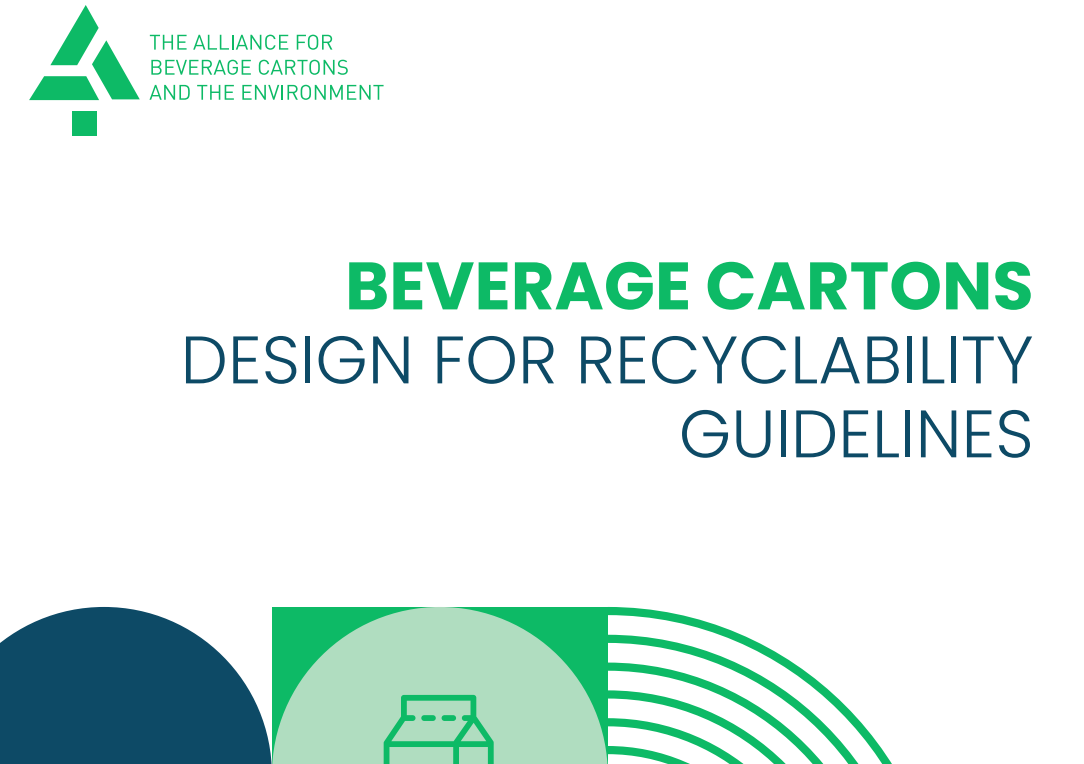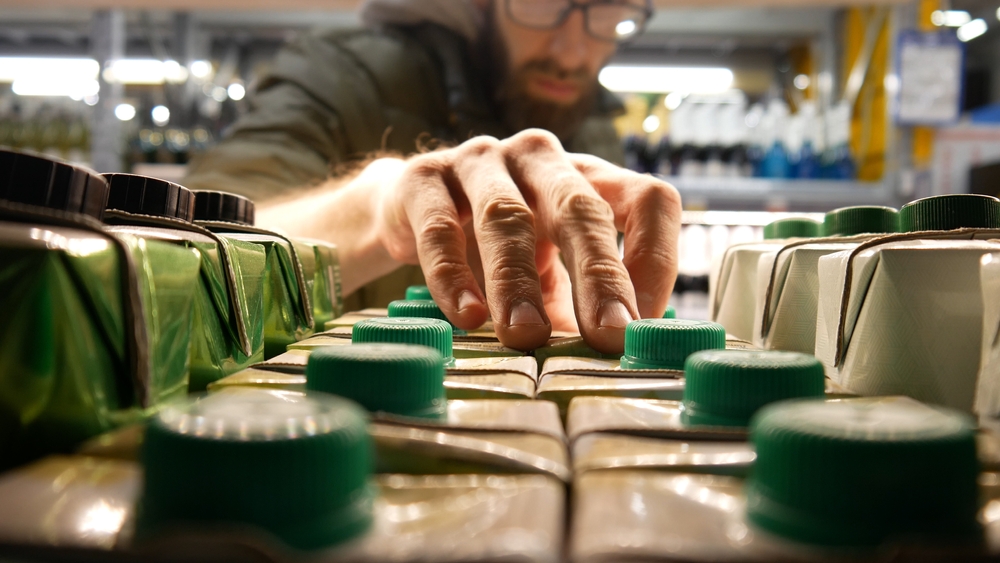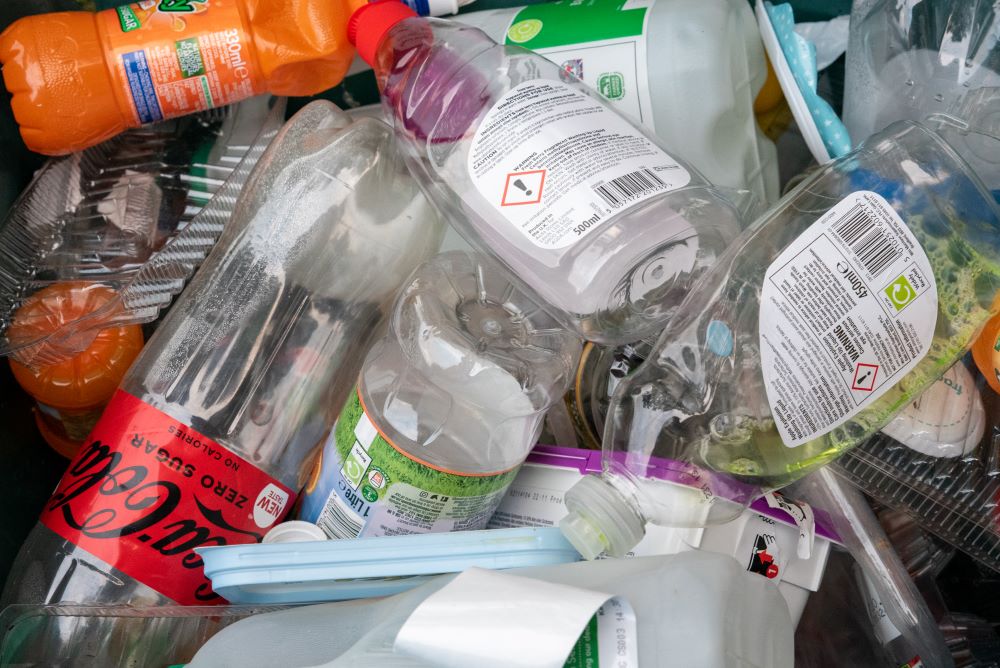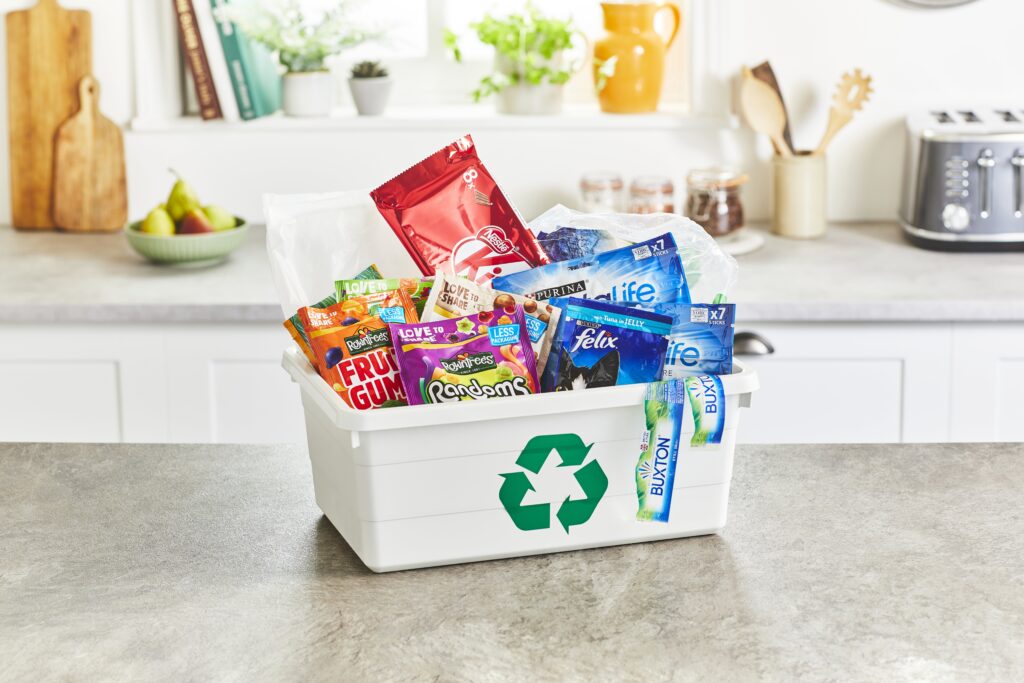ACE is the trade association for the European beverage carton manufacturing industry.
The association described the guidelines as “a first deliverable” of its 2030 Roadmap, which it outlined in March last year (see letsrecycle.com story).
The roadmap outlined the industry’s commitment to sustainable packaging and was designed in partnership with the association’s members, SIG Combibloc, BillerudKorsnäs, Elopak, Stora Enso and Tetra Pak.
ACE explained that developing and annually reviewing the guidelines was one of the commitments set out in the roadmap.
The guidelines provide producers of beverage cartons with technical guidance to identify the materials compatible with existing recycling processes and how the recyclability of beverage cartons can be optimised.
Via the roadmap, the industry pledged to achieving a 90% collection rate of beverage cartons for recycling and at least a 70% recycling rate for beverage cartons by 2030, amongst other things.
Guidelines
ACE’s roadmap outlined some of the design-related commitments, one being that beverage cartons are only made from renewable material and/or from recycled content. Another was that beverage carton producers use more fibres and less plastic. Additionally, it said that materials used in production should meet the highest sustainability sourcing standards.

Defining recyclability, the guidelines explained that “to be considered recyclable, collection and processing structures for the packaging format must be available at an industrial scale”. The document added that “the material’s reprocessability must enable its circulation”.
Considering that beverage cartons are made of multilayer packaging, with the barrier layers often consisting of polymers or their combination with aluminium, the document set out that “only the necessary quantities of each material are used in order to achieve food safety and package functionality”.
In terms of sustainable sources of virgin materials, the document noted that “all fibres used in beverage cartons come from sustainably managed forests and are certified against a globally recognised certification system”.
Collection
ACE’s guidelines also highlight that “collection is the precondition to the recycling of any material”. It pointed out that systems and infrastructure for collecting these material streams already exist in most EU member states, as well as sorting infrastructure.
“When designed following the recommendations in this document, beverage cartons are easily sorted from the other materials that they are collected alongside in these mixed material streams using existing automated optical sorting technologies that are widely installed at material sorting plants,” the guidelines read.
ACE then explained that “the structure of beverage cartons provides unique spectral properties which allow their identification and automated separation at commercial speeds and with high yield and purity”, one being the presence of the outer polyethylene layer, which “plays a key role in the identification and optical sorting of beverage cartons by means of near infra-red sensors”.
‘Commitment’
Commenting on the guidelines, Annick Carpentier, director general of ACE, said: “Beverage cartons are recycled throughout the EU.
The design for recycling guidelines are a sound basis to define the recyclability of packaging
- Annick Carpentier, director general of ACE
“By providing guidelines on the material composition of beverage cartons and how they should be designed for recycling, the industry continues to show its commitment to increasing the recyclability of beverage cartons.
“The design for recycling guidelines are a sound basis to define the recyclability of packaging.”
Useful links
Design for Recyclability guidelines










Subscribe for free